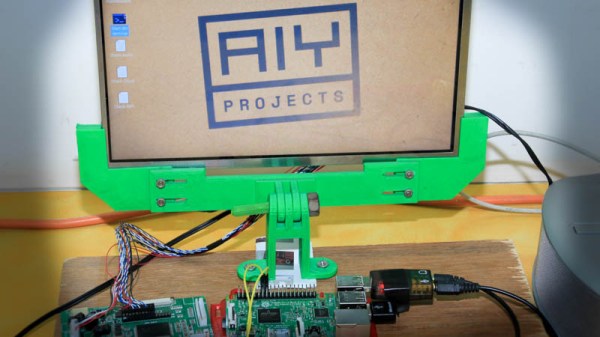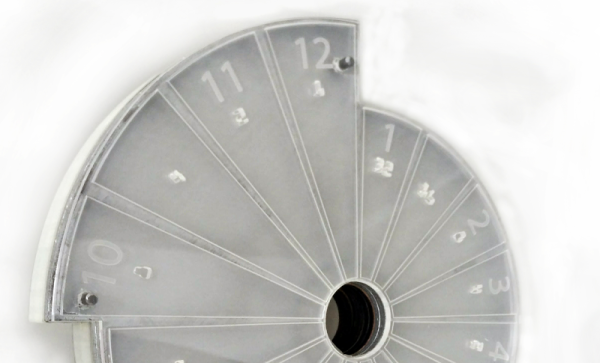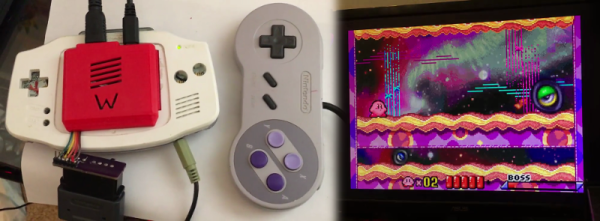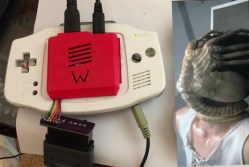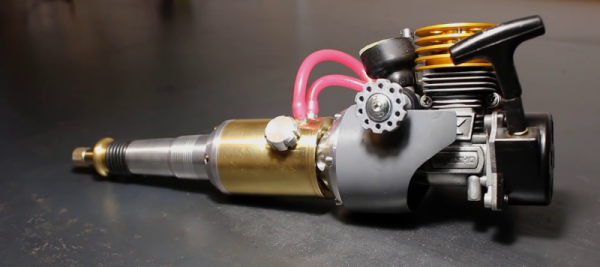GSM IMSI catchers preyed on a cryptographic misstep in the GSM protocol. But we have LTE now, why worry? No one has an LTE IMSI catcher, right? Wrong. [Domi] is here with a software-defined base transceiver station that will catch your IMSI faster than you can say “stingray” (YouTube video, embedded below).
First of all, what is an IMSI? IMSI stands for International Mobile Subscriber Identity. If an IMEI (International Mobile Equipment Identity) is your license plate, your IMSI would be your driver’s license. The IMEI is specific to the phone. Your IMSI is used to identify you, allowing phone companies to verify your origin country and mobile network subscription.
Now, with terminology in tow, how does [Domi] steal your IMSI? Four words: Tracking Area Update Request. When a phone on an LTE network received a tracking area request, the LTE protocol mandates that the phone deletes all of its authentication information before it can reconnect to a base station. With authentication out of the way [Domi] spoofs a tower, waits for phones to connect, requests the phone’s IMSI and then rejects the phones authentication request, all under the nose of the phone’s user.
Now, before you don your tinfoil hat, allow us to suggest something more effective. Need more cell phone related hacks? We’ve got your back.







